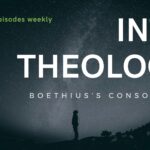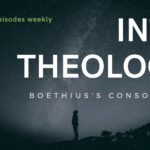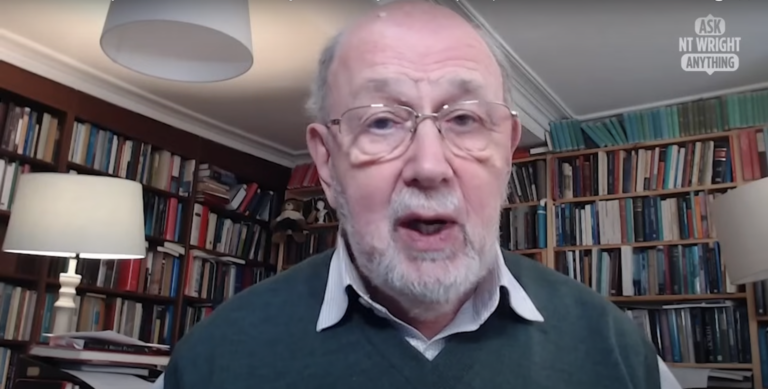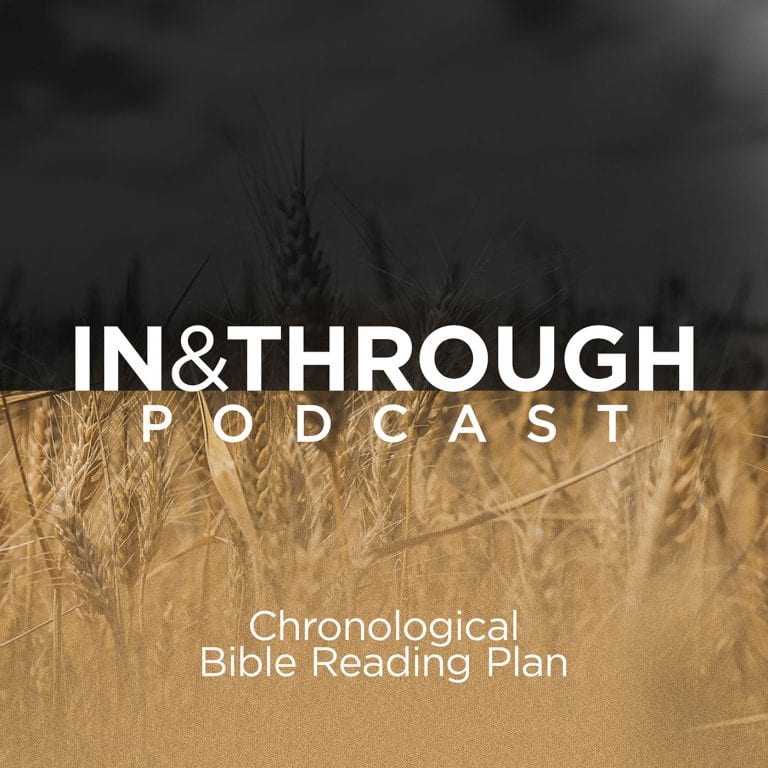Petrus van Mastricht (1630-1706) lived during a key transition from a world with medieval sensibilities to a world of enlightenment. He studied liberal arts and theology, the latter of which he underwent at the Academy of Utrecht. Here, he learned the standard theological textbooks of the Reformed such as Thomas Aquinas’s Summa Theologiae alongside exegetical studies of Scripture (1:xxvi).
Mastricht thus ministered within the mainstream of Reformed scholasticism, namely, a method of discerning truth by asking questions, listing objections, responding to objections, and stating positively the truth of the topic. In 1677, Mastricht himself took a position at the Academy of Utrecht (1:xxxvii). Having served as a pastor and professor earlier in his career, Mastricht would pull on both the pastoral sensibility that he gained as well as the rigorous theological method that he had inherited.
The result is Theoretical-Practical Theology.
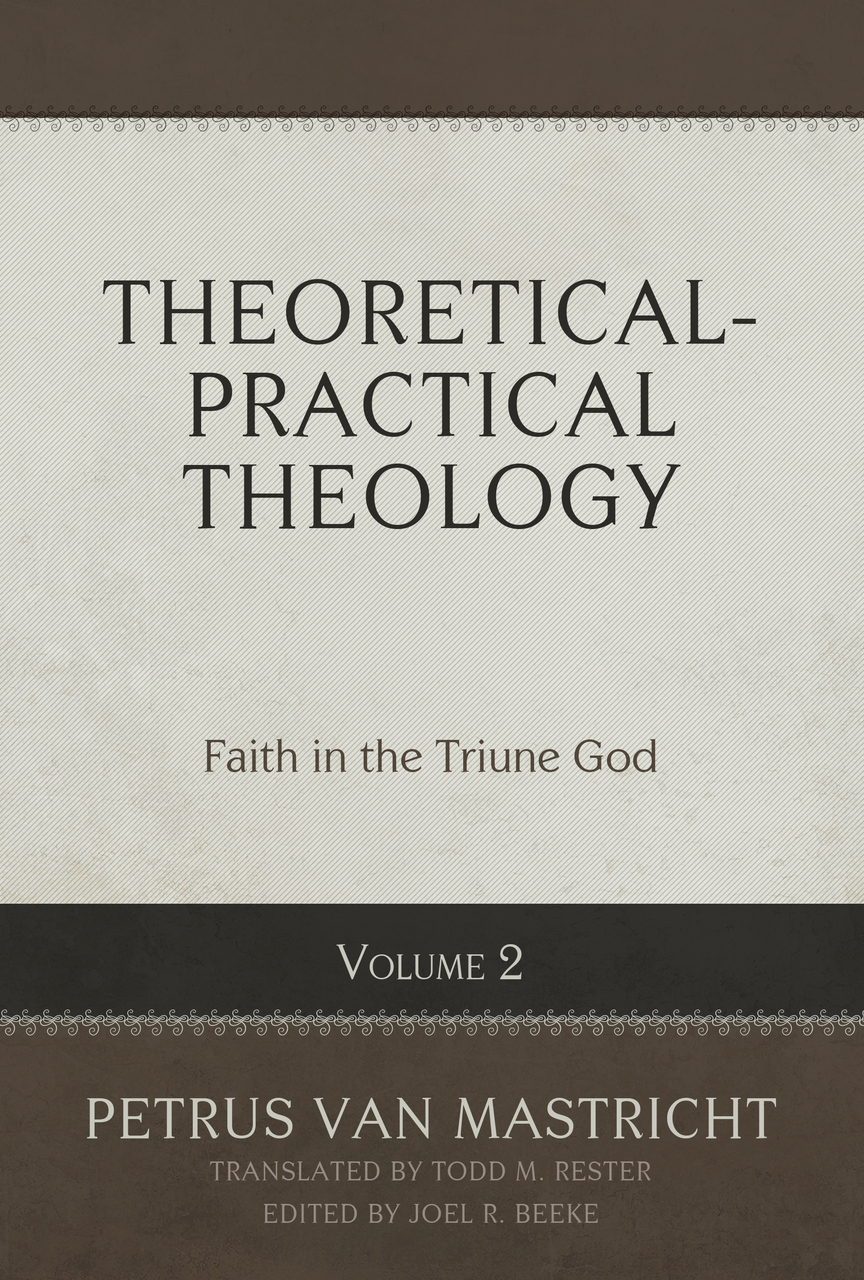
Theoretical-Practical Theology (Vols 1 and 2)
Petrus van Mastricht
Volume one (Prolegomena) represents the first of seven volumes that may span four thousand pages (1:xi). It is the first English translation of Mastricht, and it, therefore, fills a particular need in reformed scholarship. The translation is a triumph. It is clear, readable, and the ample footnotes provide much-needed context to understand Mastricht. The second volume outlines the triune God. As with the first volume, the translation of volume 2 is excellent.
Translation
Volume one (Prolegomena) represents the first of seven volumes that may span four thousand pages (1:xi). It is the first English translation of Mastricht, and it, therefore, fills a particular need in reformed scholarship. The translation is a triumph. It is clear, readable, and the ample footnotes provide much-needed context to understand Mastricht. The second volume outlines the triune God. As with the first volume, the translation of volume 2 is excellent.
Contents
Volume one includes an introduction to the life of Mastricht, a treatise on preaching (written by Mastricht), and various topics on Scripture. The second volume contains a long discussion on the attributes of God and, by comparison, a relatively short discussion of trinitarian theology. In this sense, Mastricht privileges theology proper over trinitarian theology as such.
Further, as might be expected of 17th century reformed theology, Mastricht presents a theology of God according to classical standards of thought. Put plainly, he affirms simplicity, immutability, and so on with rigour and confidence.
The content of Mastricht’s theological volumes follows from his understanding of theology. Theology is both theoretical and practical. Further, he believes exegesis comes first. So each topic begins with biblical exegesis and ends with reflections on the practice of theology. This practical focus belies the often-cited criticism that theology opposes practicality.
Examples
It is worth quoting Mastricht in his own words to get a feel for his work. Besides, in many cases, Mastricht brings a breath of fresh air to stale modern theology. In the case of his doctrine of Scripture, this holds true. He both affirms the truthfulness of Scripture as well as its composite nature.
When Mastricht affirms Scripture’s truthfulness, he goes on to explain, “And that is the case because it has the God of truth as its author; Christ as the very truth it contains, and as its faithful witness; and the Holy Spirit, truth’s infallible inspirer, as its guide” (TPT, 1:127). As such, the doctrine of Scripture follows from our understanding of the triune God. God authors it, Christ is the subject of it, and the Spirit inspires it and guides us to grasp its meaning.
When it comes to interpreting Scripture, Mastricht affirms an example of reformed teaching that Scripture contains all the senses of Scripture under a singular and literal sense:
“The orthodox allow only one sense, and that the literally, namely, that which the writer himself intends by his words. At the same time, they confess that this sense is sometimes composite, as occurs in figurative and typical phrases, where part of the sense is the proper signification of the words and part of it is figurative of the things signified. Indeed, they even call the mystical senses literal when it is certainly evident that they are intended by the Holy Spirit” (1:169).
In this way, the Christological sense, the figurative sense, the mystical sense and so on truly exist in Scripture, but they subsist in the literal sense. For example, Isaiah may prophesy about a child to be born which can not only signify a child born in his time but also typically point to an antitype (Christ). This composite sense is the literal sense. It is one, singular, and composite meaning.
Note what also Mastricht affirms. The mystical sense, for example, follows from the literal reading of Scripture when it is “intended by the Holy Spirit.” Put simply, the divine author embeds meaning into the text that we can discern through the literal sense and which may be defined as mystical. Almost certainly, this sort of reasoning underlies why most reformed authors read Song of Songs allegorically about Christ and the church.
Evaluation
The late 17th century ends at the apex of Reformed Scholasticism, and Mastricht represents one of the last great lights of this era. He particularly provides a judicious and clear presentation of reformed theology in contrast with not only other theological systems but also contemporary philosophical ones. He engages, for example, extensively with Rene Descartes.
Further, Mastricht’s interaction with church history will delight contemporary readers who find great wisdom in the past. Mastricht can cite Origen and Bernard of Clairvaux. And as a Reformed Thomist (like most others of his day), he ably situates his theological project along medieval lines.
As an edited translation, Todd Rester, Joel Beeke, and Michael Spangler did an excellent job. As a work of theology, Mastricht provides us with a masterful presentation of Reformed scholasticism with a practical tilt.
To any interested in learning Reformed theology, read these volumes alongside Francis Turretin, John Calvin, and Peter Vermigli.
To purchase volume 1 click here and for volume 2 click here. As an Amazon Associate, TGCC earns from qualifying purchases.







